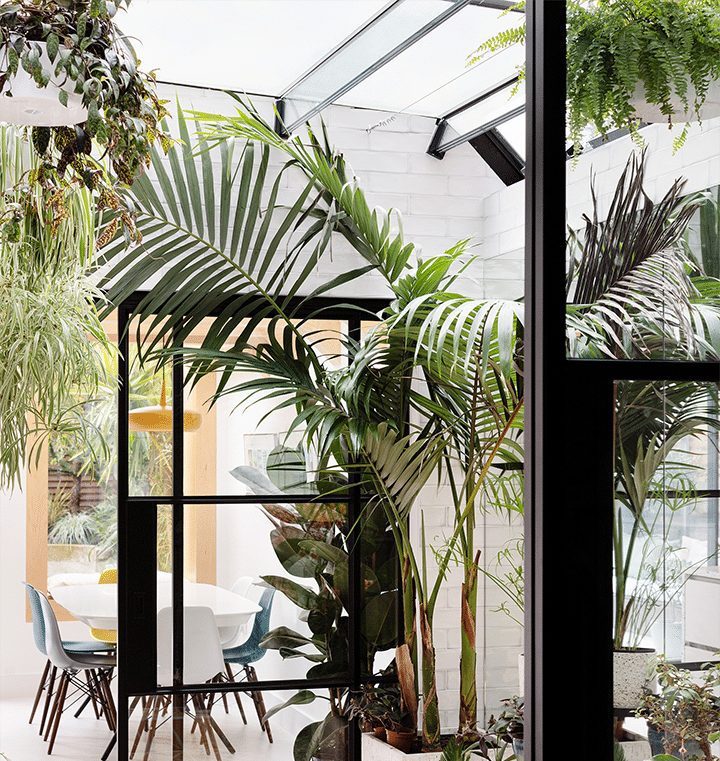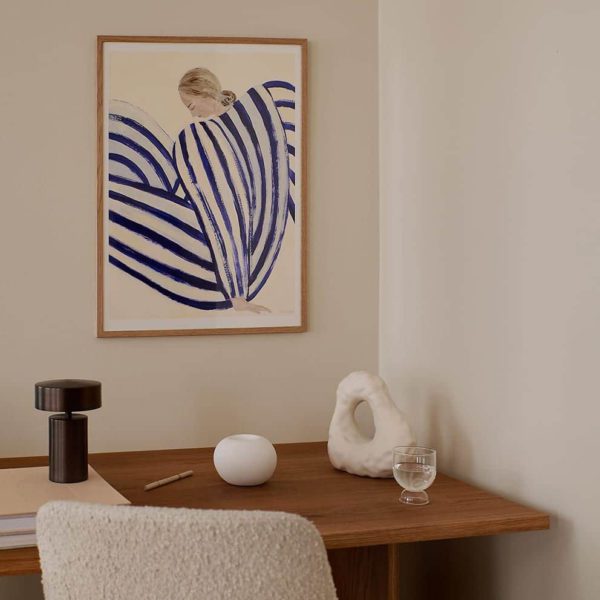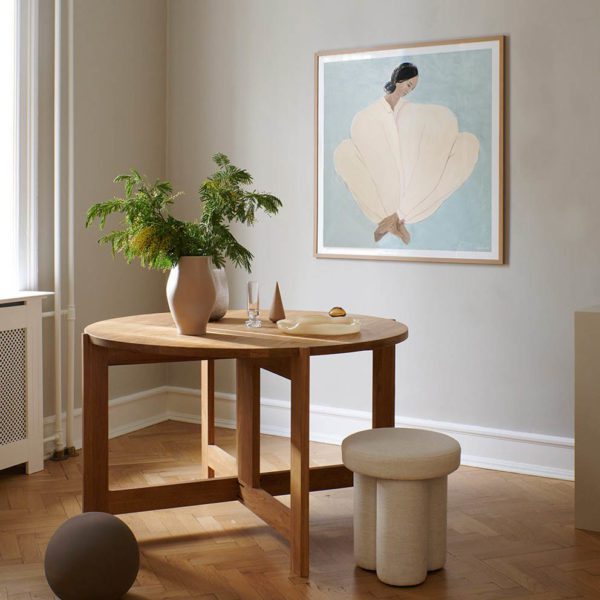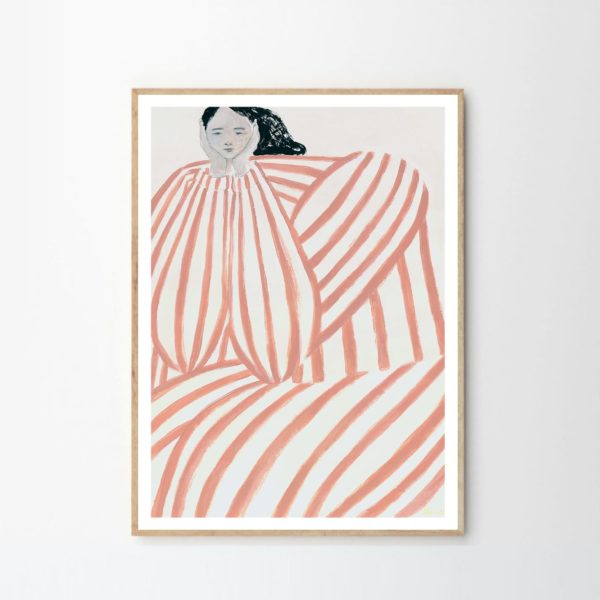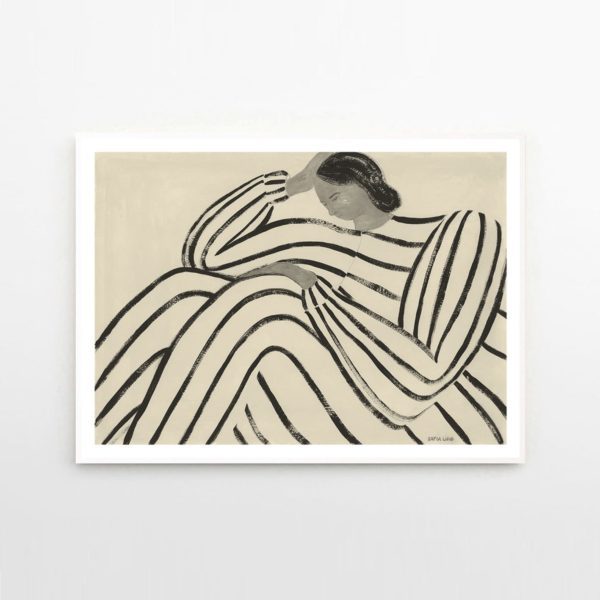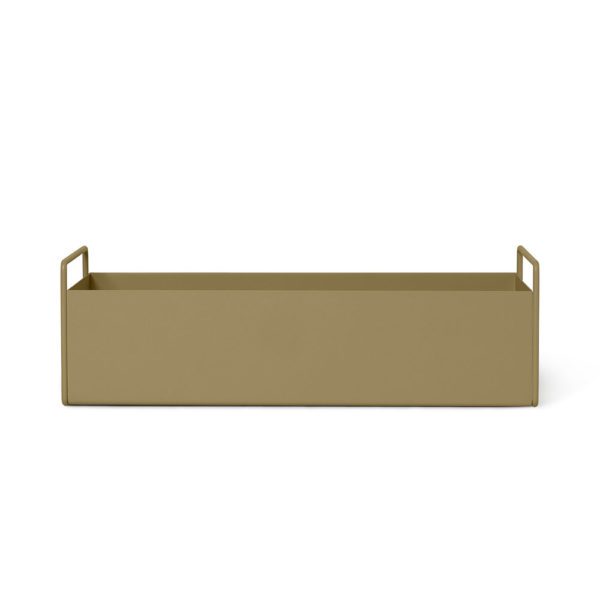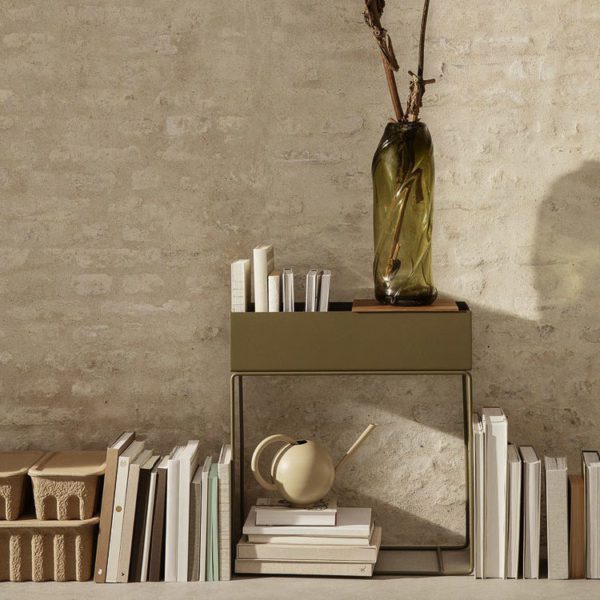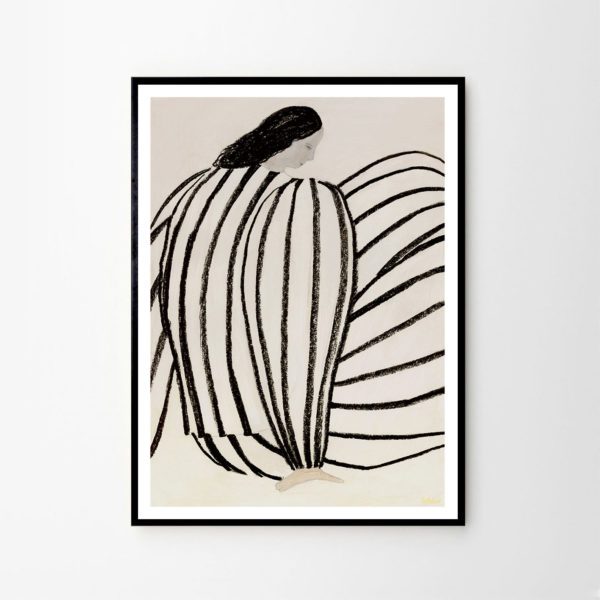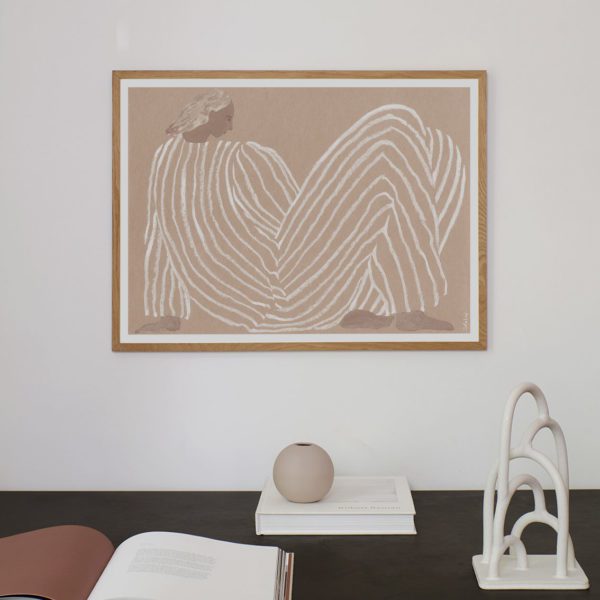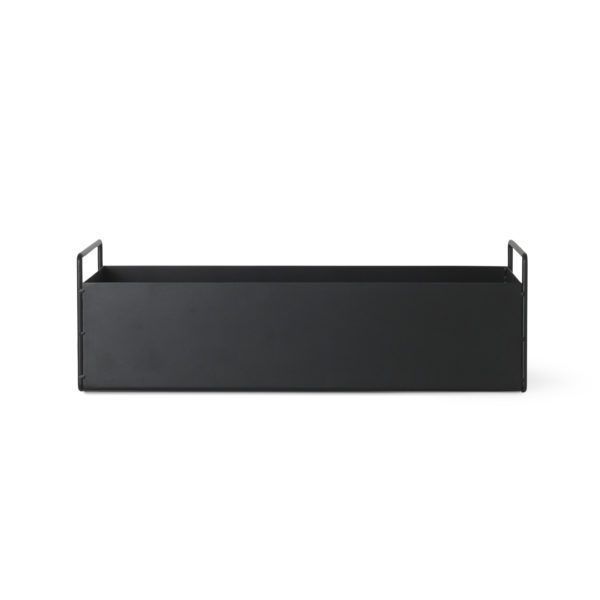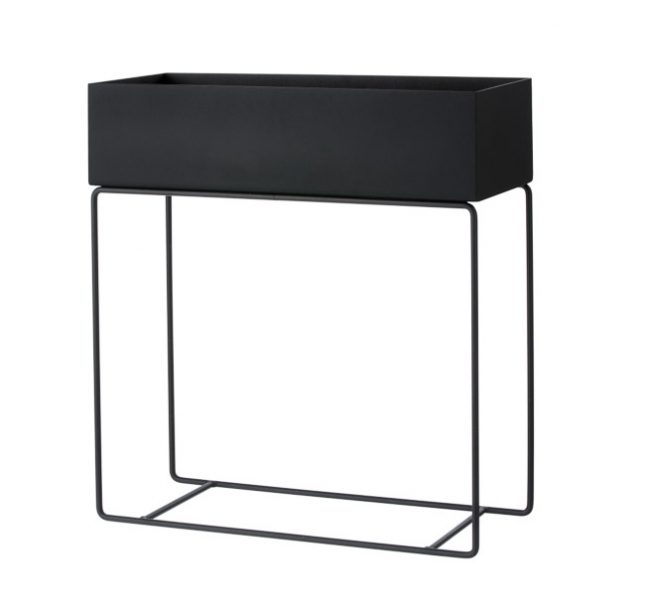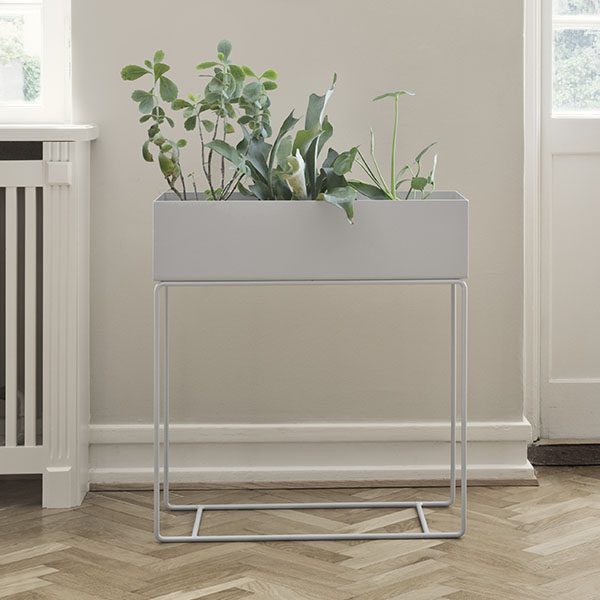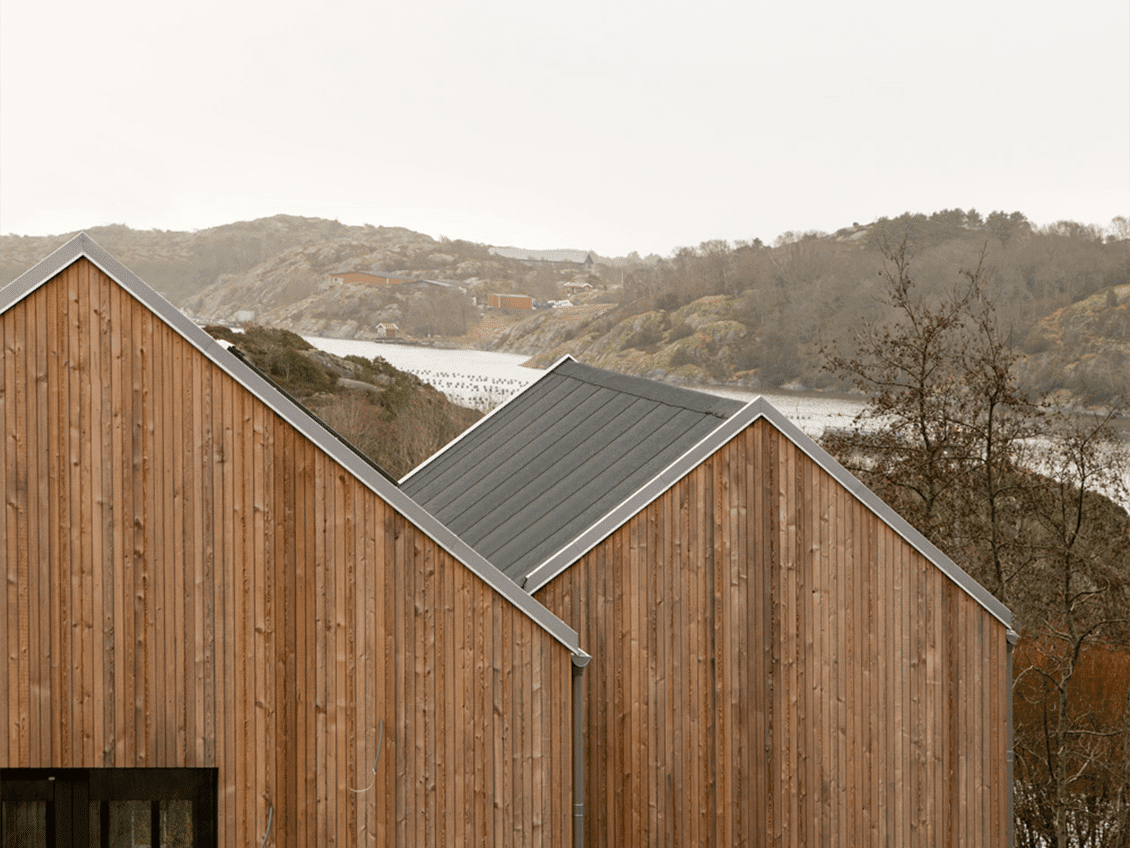
The design world is filled with all kinds of words. Some are pretty easy to make sense of, some less so. To help you navigate, we’ve created this A-Z of definitions series. Joined by Designstuff’s very own interior designer, Katrina Nickless, we’ll help guide you through the swamp of words, terms, and phrases you’re likely to encounter throughout your design journey.
Today we’ll be tackling the letter G!
Graphic Print
There are plenty of options when it comes to accessorising your walls. With a plethora of wallpapers, photos, art, and sculpture on the market, the world is very much your oyster. An easy and fool-proof option for dressing up your walls are graphic prints. Illustrative in nature, they tackle just about any subject matter with bold repeating patterns, abstract organic forms, or artistic illustrations being the most popular. With something in existence to suit just about any interior style, the tricky part is curating and selecting what will work best in your space.
“If a curated gallery wall is your goal, start with one print that grabs your attention, and hunt for others with common elements, like a recurring colour, to bring everything together.” Says Kat. “And, don’t stress about getting it 100% from the get-go. Like a good wardrobe, art collections take time to build.”
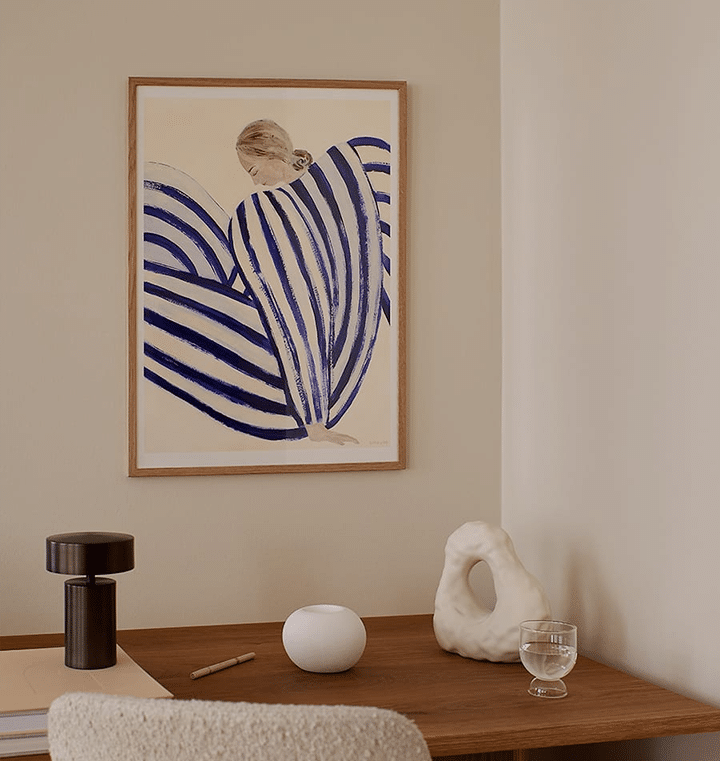
Gable Roof
If you’re from a cold (like seriously cold) climate, chances are your street is filled with this style of roof. The concept is very simple: two planes or sections come together, with their upper horizontal edges meeting to form a ridge. The simple, but visually capturing design, avoids unnecessary detail and is relatively cost effective to implement. The steepness of the pitch proves a functional aspect of the roof; the taller, the better it is at preventing water entering the building, whilst shallower designs help reduce wind exposure and avoid buildup of snow.
“Let’s not forget the best part, the extra ceiling height inside!” Says Kat. “Gable roofs can make even the smallest of space feel light and airy. Draw the eye up, up and up with statement pendant lighting to create a truly spacious feel.”
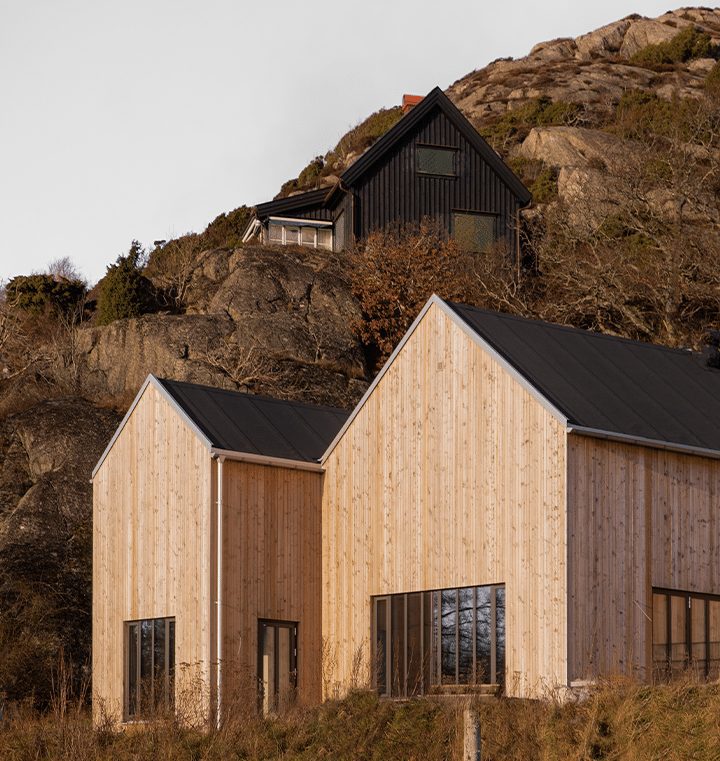
Greenhouse
As its name would suggest, a greenhouse is a structure used for growing plants that may not flourish as well in the local environment. Constructed from a transparent material, usually glass, these buildings create perfect microclimates that can be regulated to meet the needs of various flora. Greenhouses range in complexity and size, with large-scale examples featuring some serious equipment to help with heating, cooling and lighting. Smaller, compact versions also exist – think of a terrarium as a miniature greenhouse (though some would argue terrariums are too decorative to be considered a greenhouse but eh, let lovers be lovers).
“Don’t know where to start? Mini unheated greenhouses exist for beginners and us inner city dwellers, and make great indoor veggie gardens.” Advises Kat. “Just be sure to pick your plants to suit the season for the best harvest. Think root veggies and leafy greens in winter, and mediterranean goodies in summer, like eggplant, capsicums, and tomatoes.”
